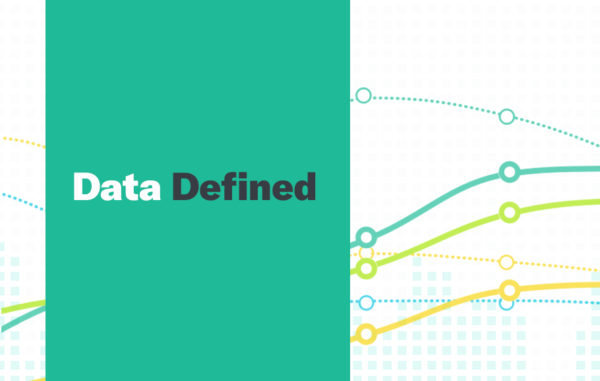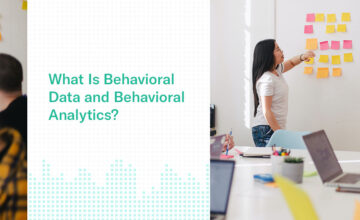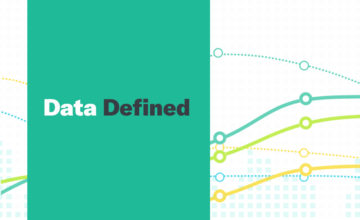Graph Analytics Defined
Graph Analytics such as graph processing and graph databases is a set of techniques that are designed to overcome complexity and allow users to understand how entities, such as people, places and things are related to one another. These are techniques that treat the relationships between data as equally as the data itself. Graph analytics holds data without constricting it to a predefined model, which in turn highlights how each individual entity connects or is related to others.
Graph analytics allows businesses to accelerate data preparation and enable more adaptive data science with benefits including consistent performance, flexibility and agility.
- Performance – The performance of graph analytics stays consistent and constant no matter how fast a business data may grow every year.
- Flexibility – Businesses are more flexible when able to dictate changes to existing structures without endangering functionality.
- Agility – Graph technology aligns perfectly with today’s agile, test-driven development practices, allowing graph-database-backed applications to evolve with a business’s changing requirements.
The approach to data through graph analytics means relationships and connections are consistent through all stages of data lifecycle: from idea, to design, to implementation, to operation.
In Data Defined, we help make the complex world of data more accessible by explaining some of the most complex aspects of the field.
Click Here for more Data Defined.


